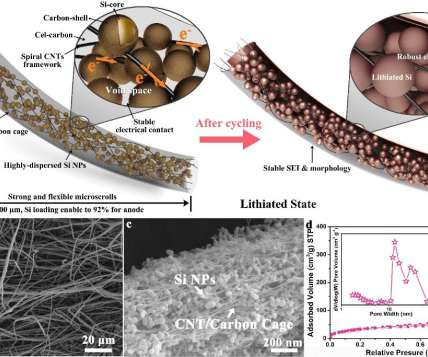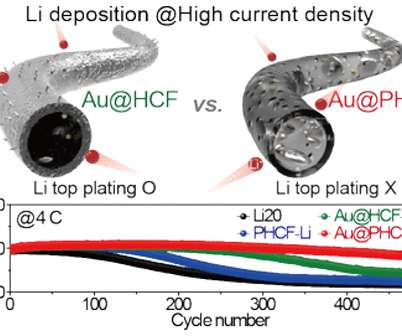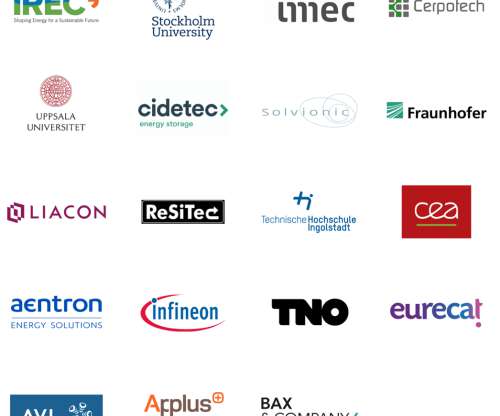Orion Engineered Carbons joins HiQ-CARB consortium; scaling up conductive acetylene black for Li-ion cathodes
Green Car Congress
JULY 9, 2021
Orion Engineered Carbons S.A., a global supplier of specialty and high-performance carbon black, has joined the HiQ-CARB consortium to provide the lithium-ion battery industry with sustainable and high-performance carbon additives. Acetylene black is carbon black derived from acetylene gas.























Let's personalize your content